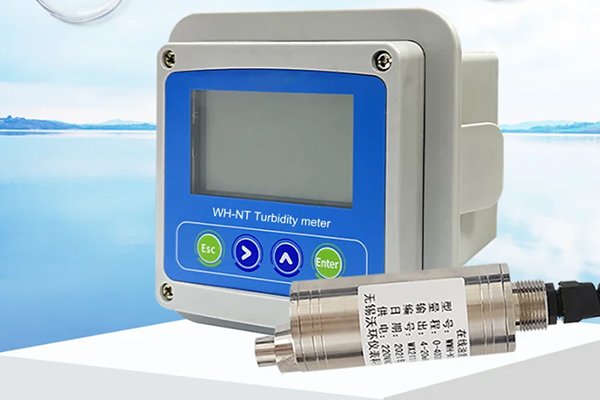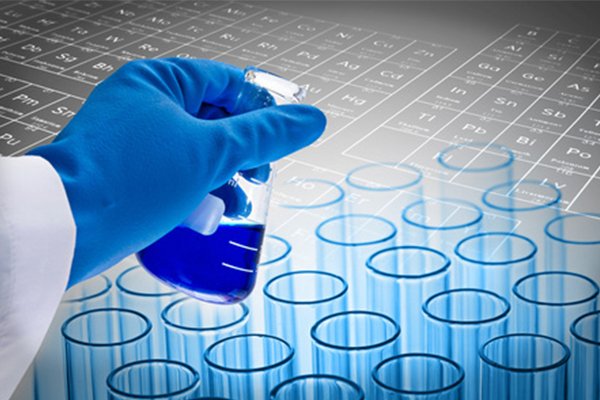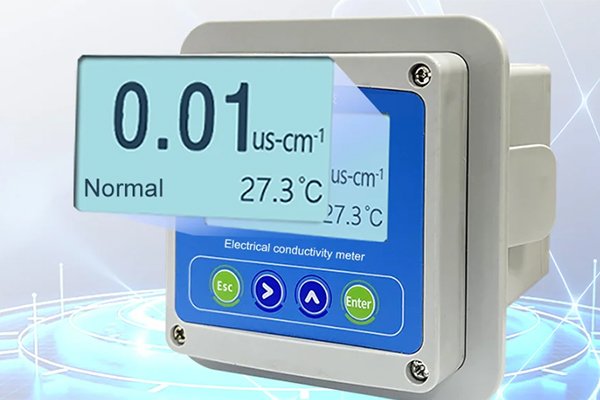In today’s era where water quality safety is increasingly valued, the turbidity meter, as a crucial water quality monitoring device, has received widespread attention. So, what is the working principle of a turbidity meter? Next, let’s introduce it in detail.
Introduction to Turbidity Meter
The turbidity meter is a specialized tool that measures water turbidity using the principle of light scattering or transmission by turbid liquids. Turbidity, which indicates the clarity of water, is primarily caused by minute insoluble suspended particles and colloidal substances in the water. The purpose of the turbidity meter is to precisely determine this turbidity level, allowing for an assessment of the water’s overall cleanliness.

Working Principle of Turbidity Meter
The turbidity meter’s working principle relies on optical scattering and transmission. As light hits the liquid, the ratio of incident, transmitted, and scattered light intensities correlates with water sample turbidity. The meter measures these intensities and ratios to accurately calculate turbidity.
Specifically, its process includes:
Light Source Emission: A beam of light is emitted through a source, passing through a container with the water sample.
Light Scattering and Transmission: Upon encountering suspended particles and colloids, light scatters and transmits. More particles mean more scattering and less transmitted light.
Sensor Detection: The sensor detects transmitted and scattered light intensities, converting them to electrical signals.
Data Processing: By calculating the intensities and their ratios, the meter determines the water sample’s turbidity value.

Types and Characteristics of Turbidity Meter
Turbidity meters mainly include scattering light type, transmitted light type, and transmitted-scattered light type, each with different characteristics and applications. For example, online turbidity analyzers have advanced built-in microprocessors, powerful configurations, and can monitor and control water quality turbidity in real-time. In addition, turbidity meters also have features such as chroma compensation function and special defoaming devices, which can effectively prevent bubble interference and improve measurement accuracy.
Water quality analysis products:



